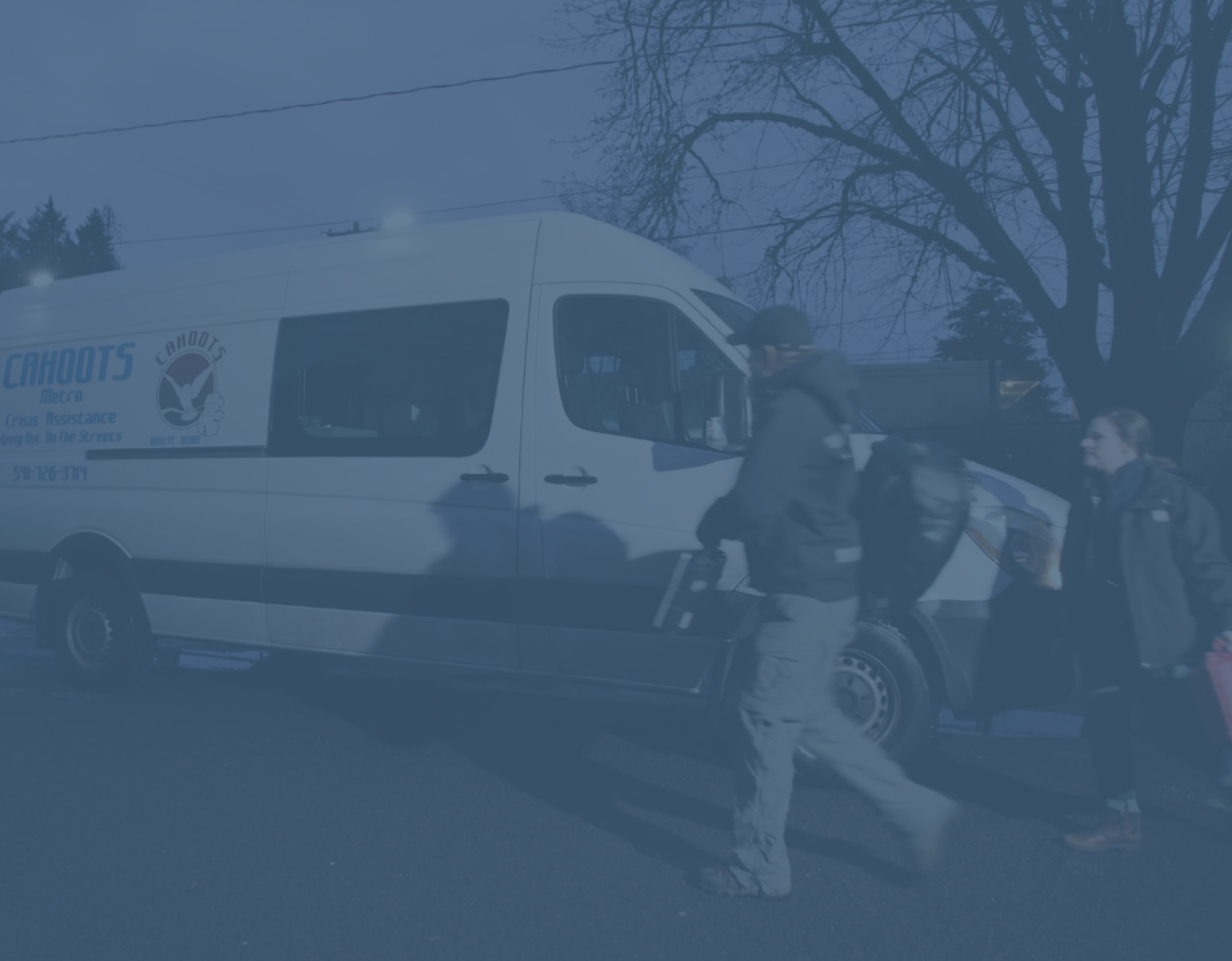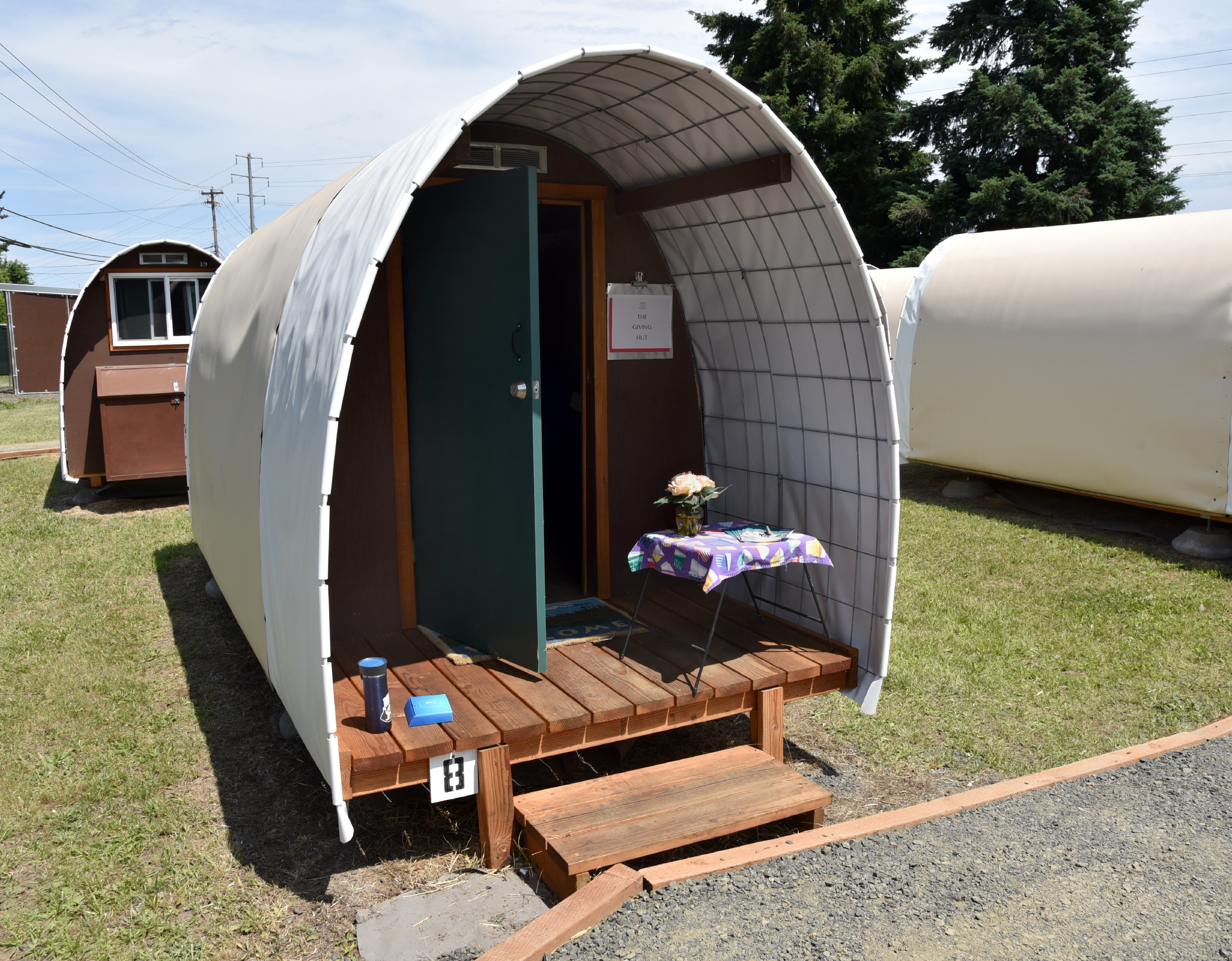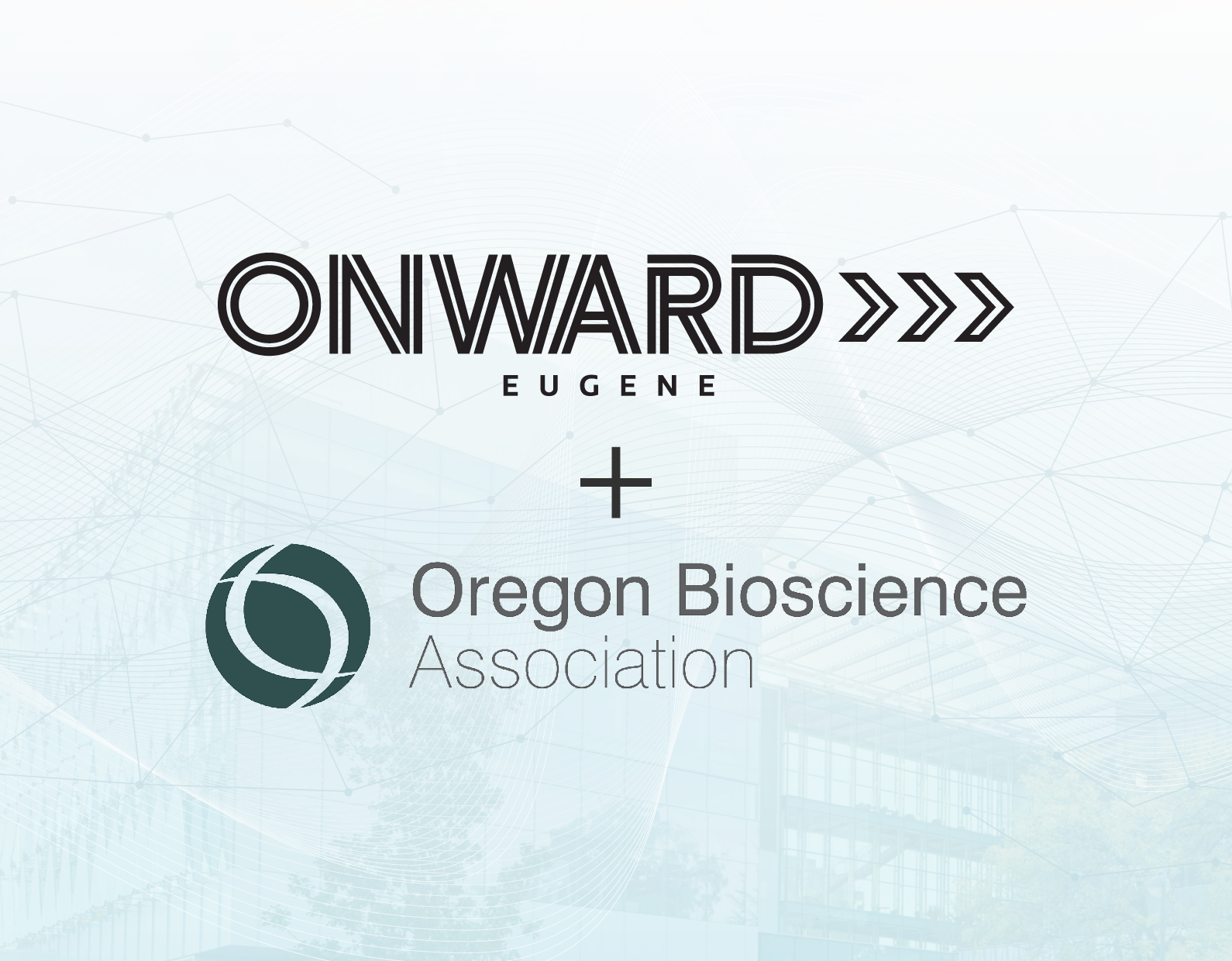
Feature
The Impacts of Oregon’s Measure 110: A Look at the Consequences and What’s Next
article by TIFFANY EDWARDS & HEIDI BLOODGOOD | EUGENE AREA CHAMBER OF COMMERCE
WHAT IS MEASURE 110?
In 2020, Oregon’s Measure 110 emerged as a groundbreaking attempt to address drug addiction and criminalization. Passed by nearly 60% of Oregon voters, the measure was designed to decriminalize small amounts of hard drugs and to shift the state’s focus from prosecution to treatment.
It was hailed as a brave and progressive step forward- the first state in the nation to pioneer this approach to drug addiction. It allocates funding from the state’s cannabis tax to fund behavioral treatment centers and harm reduction services. However, as we reflect on the years following its implementation, it’s clear that M110’s outcomes have been mixed at best.
HOW DID WE GET HERE?
Oregon’s progressive reform was inspired by Portugal’s National Drug Strategy which focused on drug treatment through community behavioral health initiatives, rather than criminal prosecution for possession.
Measure 110 was meant to improve upon the nation’s 50-year “War on Drugs” campaign which historically targeted marginalized communities (disproportionately incarcerating persons of color).
However, administration and implementation has proved to be Measure 110’s biggest barrier. Millions of dollars of funding didn’t reach service providers until 2022 due to the poor organization of M110’s oversight funding committee, an audit revealed earlier this year.
It is thought that some of the systematic implementation failures could have been mitigated if M110 had gone through legislative committees rather than straight to the Oregon ballot. Because the required signatures were gathered, M110 skipped a legislative process that could have addressed these administrative issues before being passed.
In other words, Oregonians voted on an initiative without proper infrastructure to support the influx of treatment needs. Counties didn’t have funding or a network of services to provide access to treatment, but drug users went unpenalized for possession.
WHERE ARE WE NOW?
Two years into the implementation, an audit conducted by Oregon’s Secretary of State, revealed that Oregon faced more than just an increase in drug use. Despite funds being allocated for treatment and harm reduction, these resources didn’t seem to be reaching those most in need. Bureaucratic challenges became evident, as allocated treatment funds were tied up in administrative processes rather than being used on the ground. In the first year alone, there was a noticeable uptick in drug use and associated societal challenges, such as homelessness, crime and drug-related deaths.
But it wasn’t just about the funds being unavailable; even when they were, there appeared to be gaps in planning, outreach, and effective allocation. The state’s vision of robust treatment options and harm reduction facilities was yet to materialize on the required scale. By the end of the second year, the alarming reality was that individuals in need of help were being left without the necessary support, resulting in a significant increase in the number of drug-related deaths.
The absence of criminal consequences, combined with an inefficient rollout of treatment infrastructure, has led to a dire situation. Now in 2023, most would say the measure has been a failed experiment, with tangible data showing the negative trajectory of drug-related crime, homelessness and a host of other issues since its enactment.
WHERE DO WE GO FROM HERE?
Oregon’s Measure 110, while pioneering in its approach, has presented a series of undeniable challenges in the years following its initiation. The increase in drug-related issues, bureaucratic hold-ups, and unmet promises of treatment have raised concerns about its long-term efficacy. As the state looks to the future, the Eugene Chamber isn’t wasting time sitting on the sidelines, waiting for others to solve these problems. The Chamber is actively engaged in convening conversations with business groups, policy-makers, service providers and many others to evaluate the problem and execute on a strategy to align the intentions of Oregon’s Measure 110, with the real-world outcomes for the benefit of our communities, rather than the detriment.
In 2024, we expect to introduce a series of thoughtful, data-driven initiatives that will work to change the trajectory of what we’re seeing in our streets, save lives and restore our communities. We welcome the voices and support of our members, with whom we could not do this important work without.












